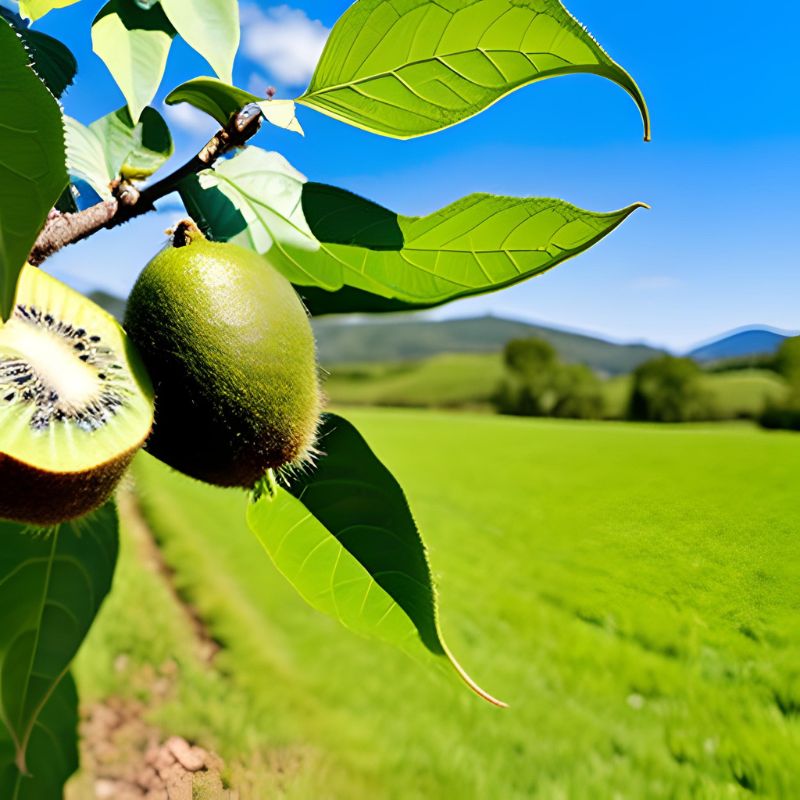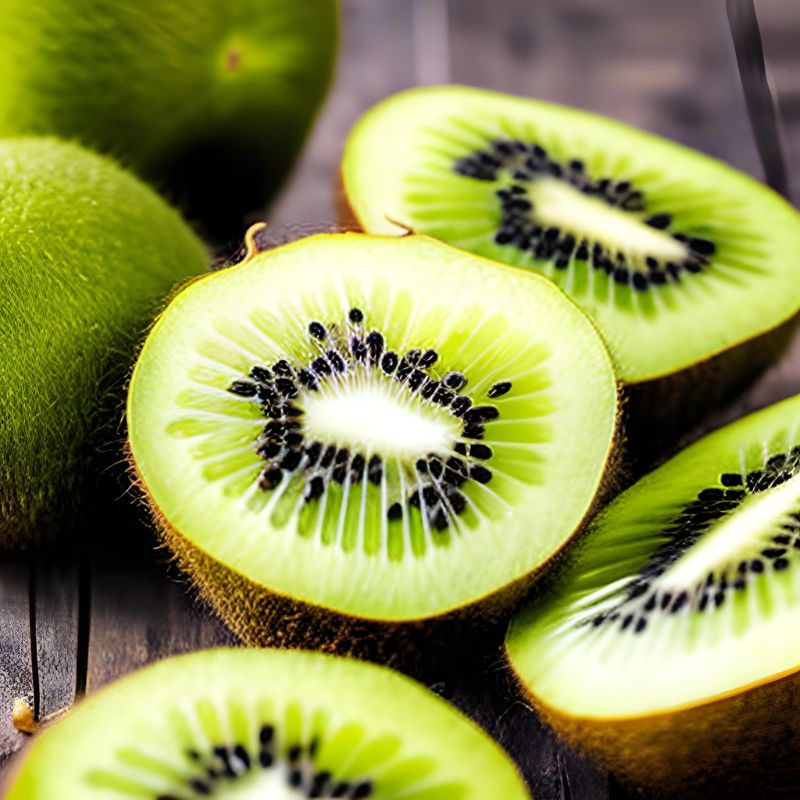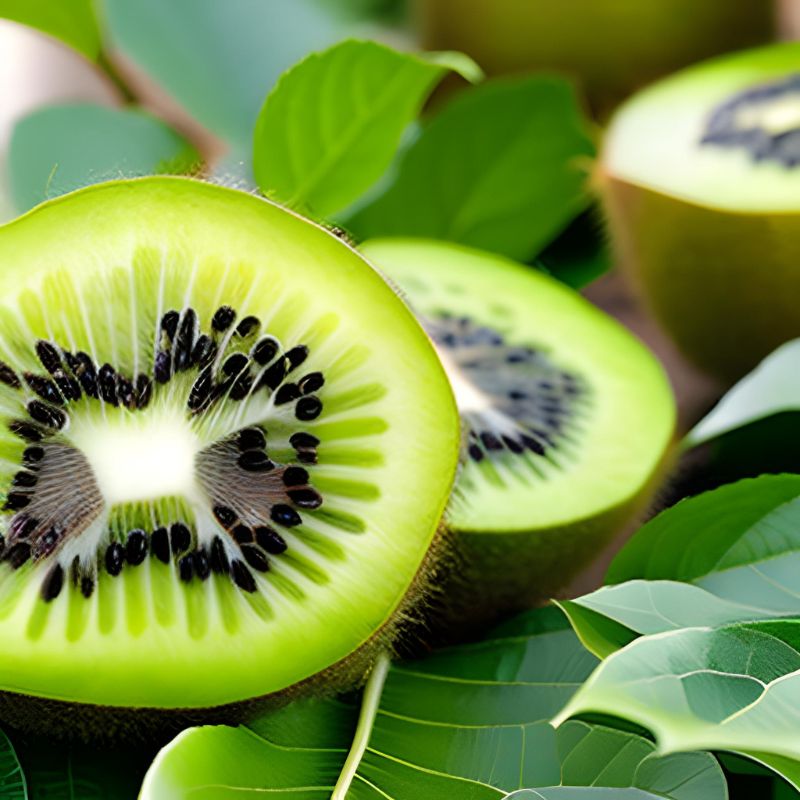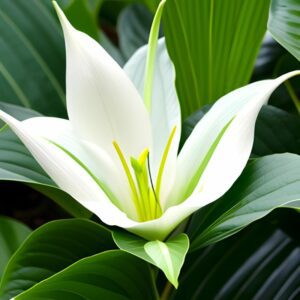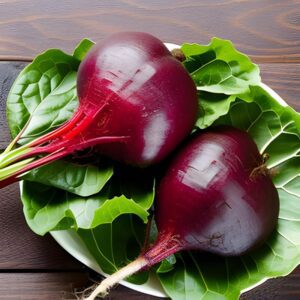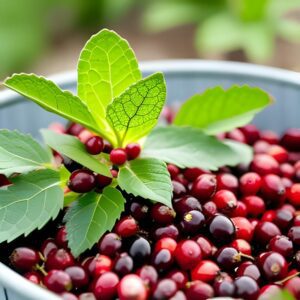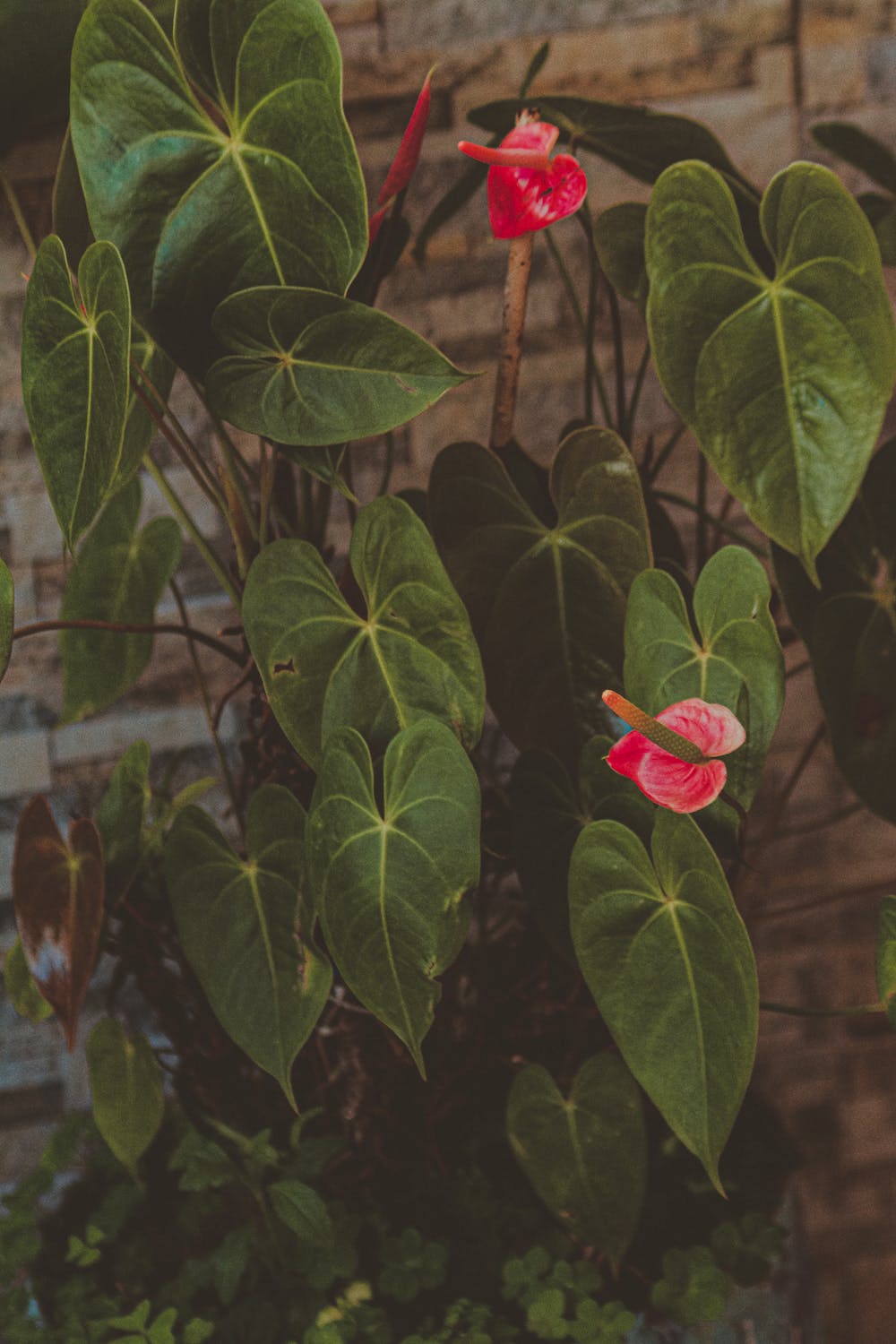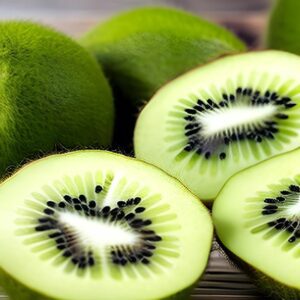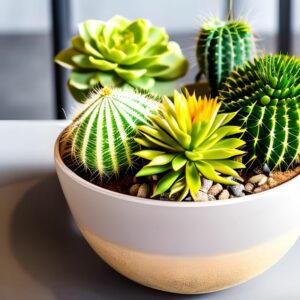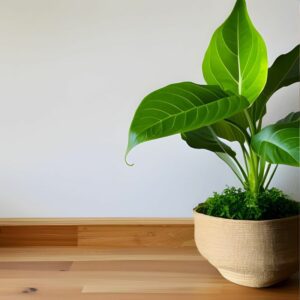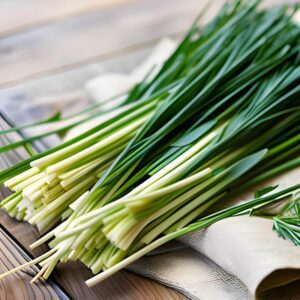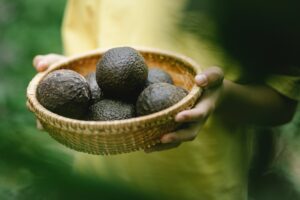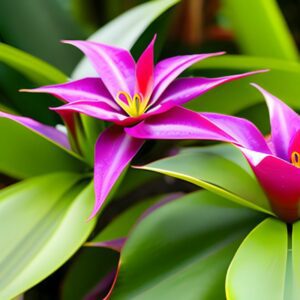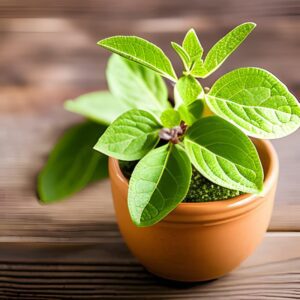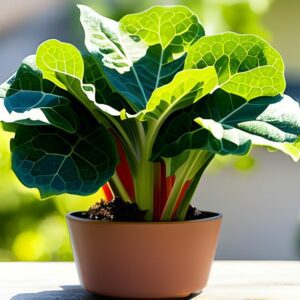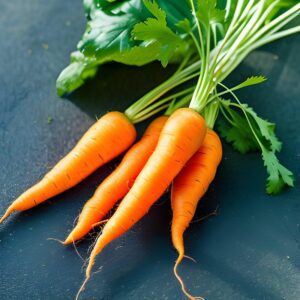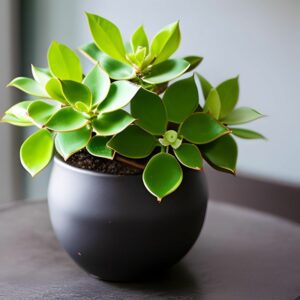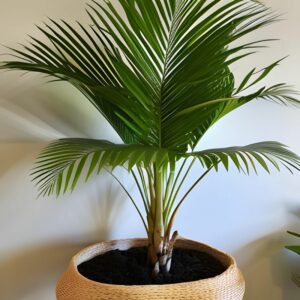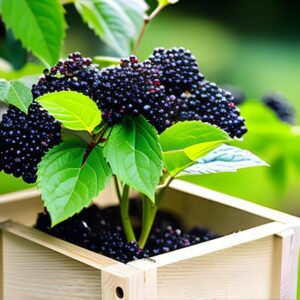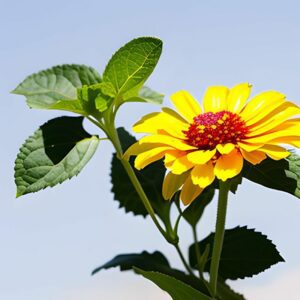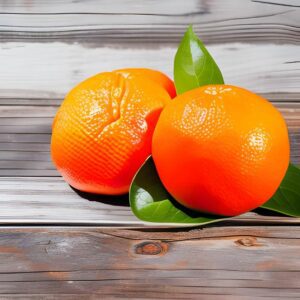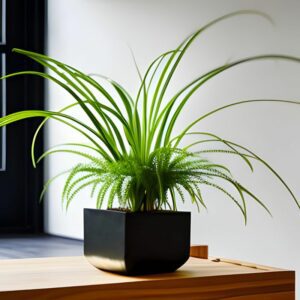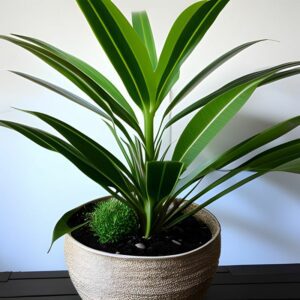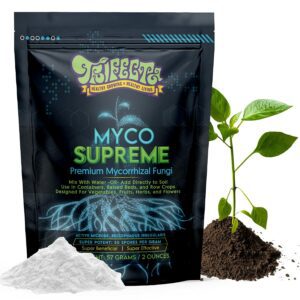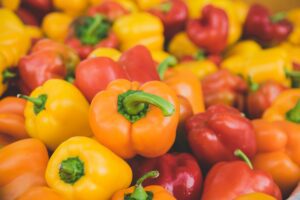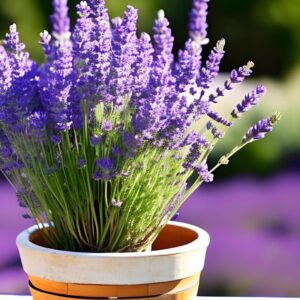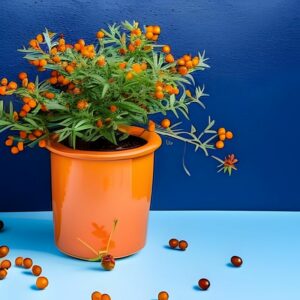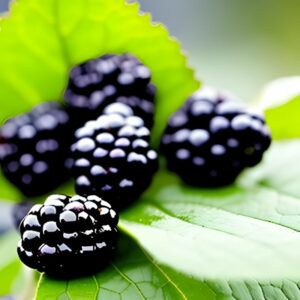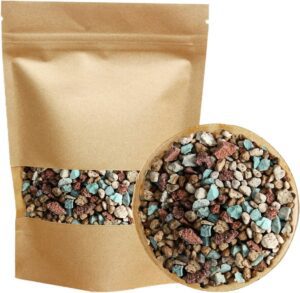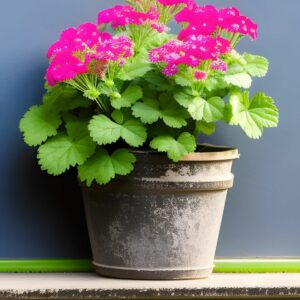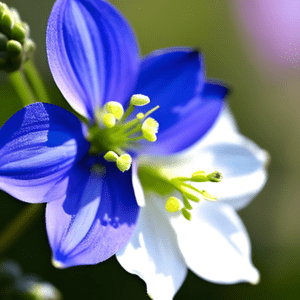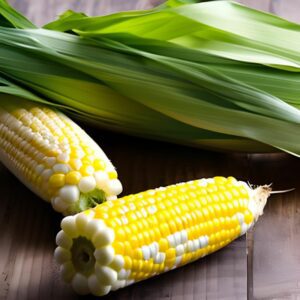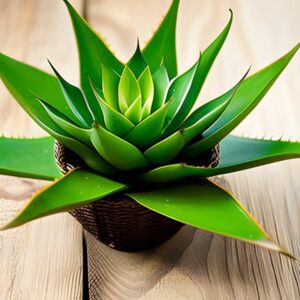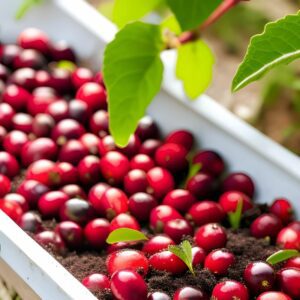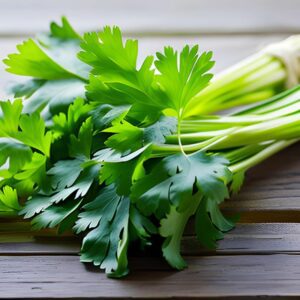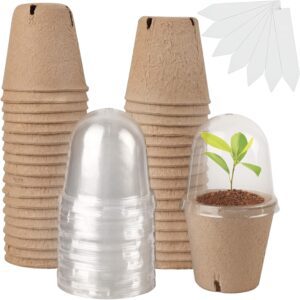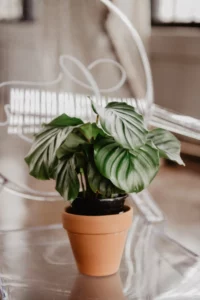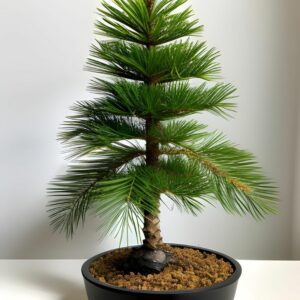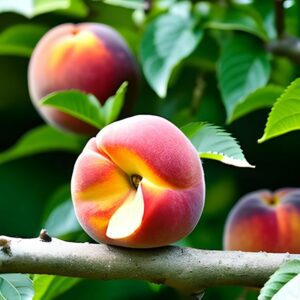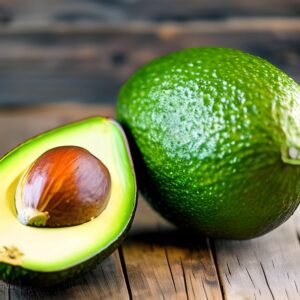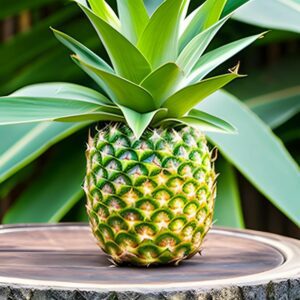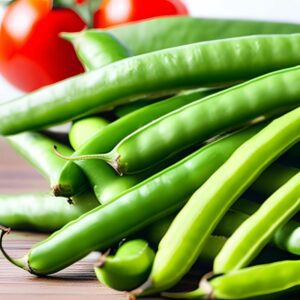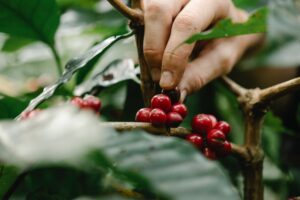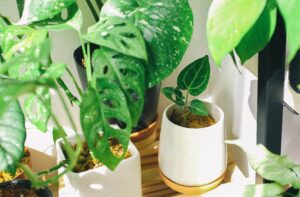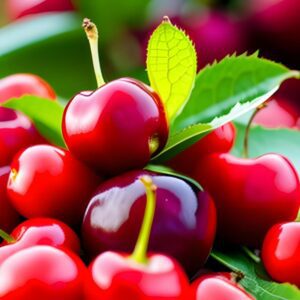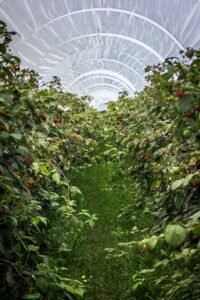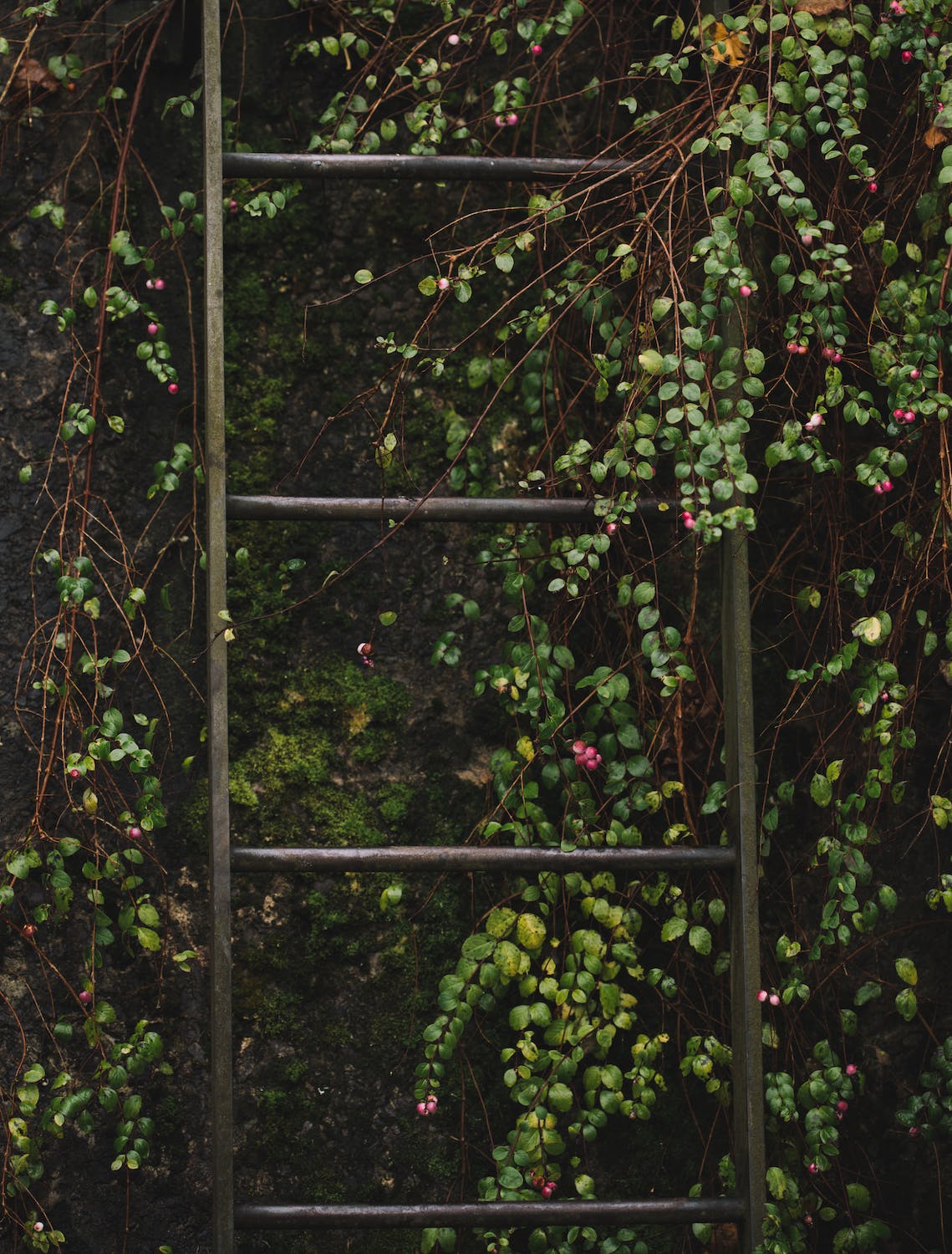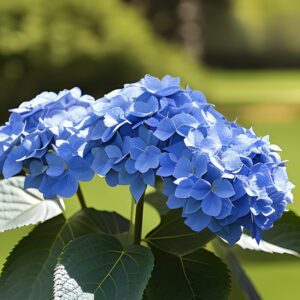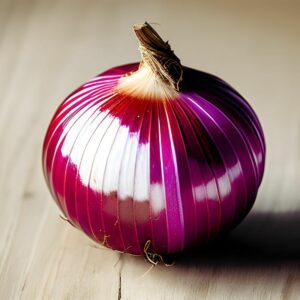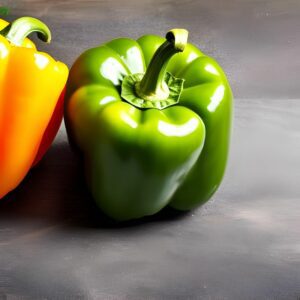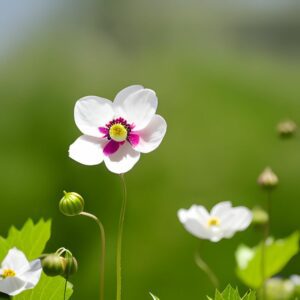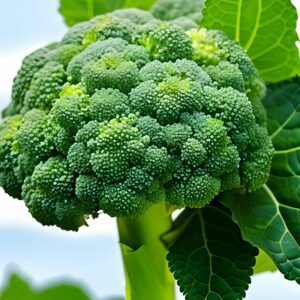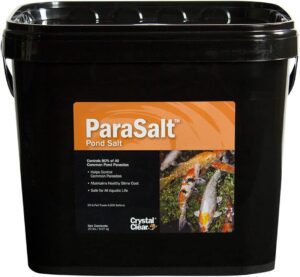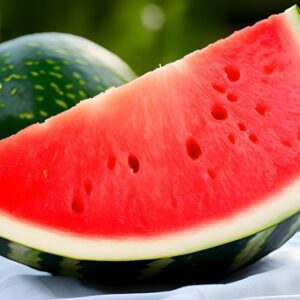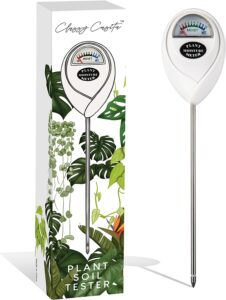Kiwi
Fruits
- China
- Moderate
- 3-5 Years
Introduction
Kiwi, also known as kiwifruit or Chinese gooseberry, is a delicious and nutritious fruit. Originating from China, kiwi is now cultivated in various parts of the world. It is well-loved for its vibrant green flesh, unique flavor, and numerous health benefits. Kiwi is a versatile fruit that can be enjoyed on its own or used in a variety of culinary creations.
Plant Characteristics
Kiwi plants are vigorous climbers with woody vines that can reach heights of up to 30 feet (9 meters). The leaves are large, heart-shaped, and have a soft texture. The fruit itself is oval-shaped and covered in a fuzzy, brownish skin. Inside, the bright green flesh is dotted with small, edible black seeds.
Ideal Growing Conditions
Kiwi plants thrive in temperate regions with cool winters and warm summers. They require full sun exposure to ensure optimal growth and fruit production. Kiwis prefer well-draining soil that is rich in organic matter. They also benefit from trellis or support structures to guide their climbing vines.
Planting Guide
Plant kiwi vines in early spring or late fall. Select a sunny location with well-draining soil. Dig a hole twice the size of the root ball and place the plant at the same depth it was growing in the nursery container. Space multiple plants about 10-15 feet (3-4.5 meters) apart to allow for adequate airflow and growth.
Watering and Fertilizing
Provide regular and deep watering, especially during dry periods. Mulch around the base of the plant to retain moisture and suppress weed growth. Fertilize with a balanced fruit tree fertilizer according to the package instructions.
Pruning and Maintenance
Prune kiwi vines during the dormant season to remove dead or damaged wood. Train the vines to grow on a trellis or support structure to manage their growth. Regularly monitor for pests and diseases, and take appropriate action if necessary.
Harvesting or Flowering
Kiwi fruits are typically ready for harvest in late summer or early fall. They are harvested when the fruit feels firm but yields slightly to gentle pressure. Cut the fruit from the vine using a sharp knife or pruning shears.
Post-Harvest Care
After harvesting, kiwi fruits can be stored in the refrigerator for up to a few weeks. They should be consumed when fully ripe for the best flavor. Unripe kiwis can be left at room temperature to ripen further.
Troubleshooting
Common issues include fungal diseases, such as powdery mildew or root rot. Ensure proper air circulation and avoid overwatering to prevent these problems. Pests like aphids or spider mites can occasionally affect kiwi plants. Use appropriate organic pest control methods if necessary.
Fun Facts
Kiwi is named after the kiwi bird, as the fruit’s brown, fuzzy skin resembles the bird’s feathers.
